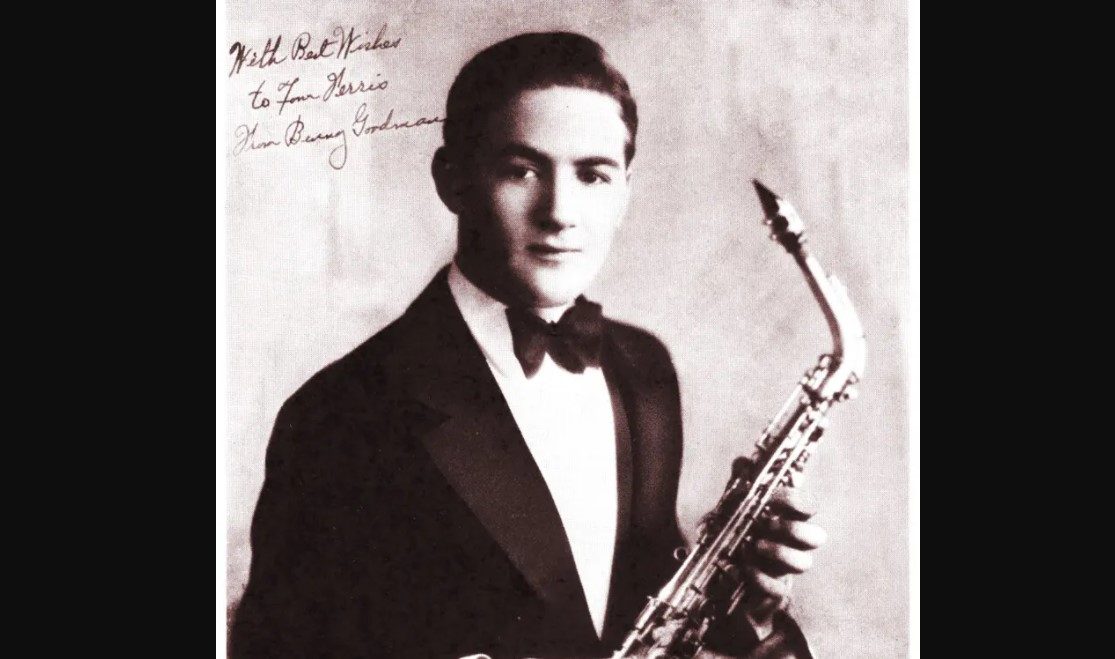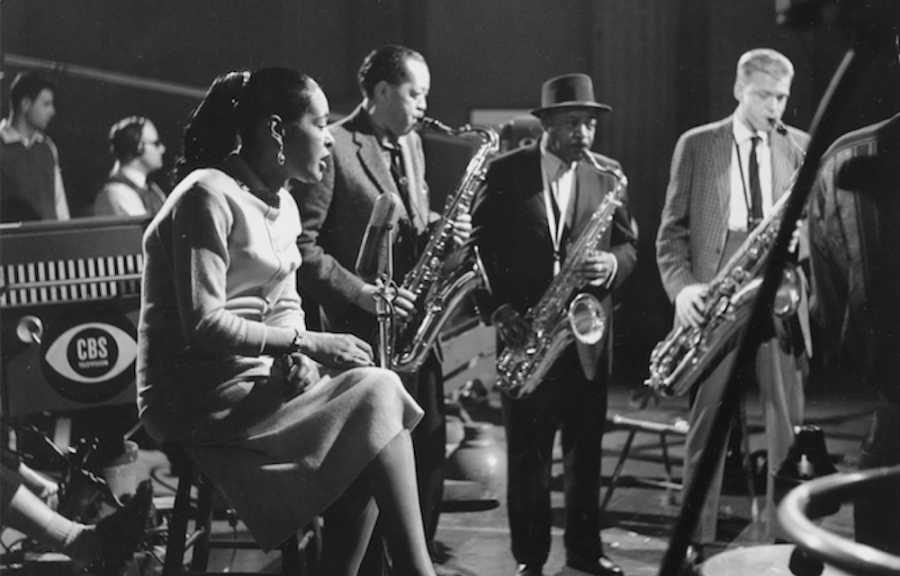Diverse management practices seek differences
As I was standing in the shower, where most of my clearest thinking comes from, suddenly it hit me. I yelled out to no one in particular – “DPAT – Data Processing Aptitude Test!!!” I had driven down to Clear Lake, Texas for an interview with IBM’s group that was working on the Space Shuttle. A lovely dinner with a person my age had managed to calm my nerves, but now, I realized the very first thing this morning was a test…
Interestingly, my Dad had had to take this same test. As he reminded me often, “Computers were barely invented when I was in college”. Thus, IBM had to find people who could manage and program computers. And there were no schools of “Computer Science”. It turned out that after some research, there was a high correlation between musicians and those who could program. If you think about it, managing to translate abstract symbols into something you can “hear”… and vice versa… that is what musicians do regularly. In the late ’50s and at least into the early ’80s this showed up as a test of abstract thinking and knowledge called the DPAT.
… and leverage those differences…
As Benny continued to develop as a musician, his early influences were New Orleans jazz clarinetists who worked in Chicago, paralleling what would happen soon, as we talked about earlier with the Blues. He became a strong player at an early age, and made his professional debut in 1921 at the Central Park Theater on the West Side of Chicago. He entered Harrison Technical High School in Chicago in 1922. At fourteen he became a member of the musicians’ union and worked in a band featuring Bix Beiderbecke. Two years later he joined the Ben Pollack Orchestra and made his first recordings in 1926. And just as he was starting to be recognized, his father was killed by a passing car after stepping off a streetcar. His father’s death was “the saddest thing that ever happened in our family”, Goodman said.
His first recording pressed to disc (Victor 20394) occurred on December 9, 1926, in Chicago. The session resulted in the song “When I First Met Mary”, which also included Glenn Miller, Harry Goodman, and Ben Pollack. Goodman moved to New York City and became a session musician for radio, Broadway musicals, and in studios. He played with the bands of Red Nichols, Ben Selvin, Ted Lewis, and Isham Jones and recorded for Brunswick under the name Benny Goodman’s Boys, a band that featured Glenn Miller. In 1928, Goodman and Miller wrote today’s track, Room 1411, which you will hear from the original 78 recordings. Pro tip – turn down the treble. 😉
Compatibility and culture – what are they really?
Interestingly there was a famous IBM computer called the 1410. And one of the business practices that IBM consistently focused on was ‘backward compatibility – that is probably still true, even today you could run a program for the 1410 computer on the current mainframe computers even though it was written, probably by ex-musicians, in 1959 when it was released and I was born 😉 I passed the test, finished my interview process, and was now working at my first professional job after graduation, on the Space Shuttle.
It was interesting to see the difference in management philosophies between Texas Instruments and IBM. At TI, I had older co-workers who, while they had worked there for 15 or more years, some had been laid-off – REPEATEDLY. One was back for a 3rd tour… and that told me a lot about both him and their management practices. As a boom and bust business, they hired accordingly, and while you might think I would be loyal after their investment in my education, it was clear that loyalty would not be returned. As such, turnover was a constant struggle, and employees were loyal at best to their project and leader…
What Diversity are you managing?
At IBM, it was completely the opposite. They had a long-standing commitment to employment – often telling hiring managers to think hard about making an offer as it would be an over $1 million dollar investment of the career of that candidate. As such, they were very conservative in their hiring decisions – and I was one of the first new hires in my group in over 20 years. So I would often be the youngest person in the room by a factor of 2 or 3. This also ensured that their culture was deeply embedded in the management of teams you entered…
They also had a real commitment to Diversity long before it became a checkbox. We signed our memos with only our initials, M.K. House – so you would not know the gender or possibly the race of the author. There were yearly briefings on Affirmative Action and Equal Employment, and those were programs that had deep roots throughout the management of the business from long before I was born. Indeed our President and CEO pulled all of our work on the space program out of Huntsville, Alabama – in 6 weeks – after comments from George Wallace in 1968. Note that was in the MIDDLE of the Apollo program… where we were prime managers on getting the rocket to the moon…
How can we learn more Diversely?
As Benny enters into the “work world” of music in the 1920s, we will see him start to manage the complexity of Diversity. It was not an easy transition, only made simpler by the fact that he had been treated to Racism/Anti-Semitism and extreme poverty – much like his contemporaries from New Orleans. And you will start to see him manage his unique voice and harmony into the world around him. Here is the first recording of his music I can find – Room 1411 – with Glenn Miller as “one of his boys”.




